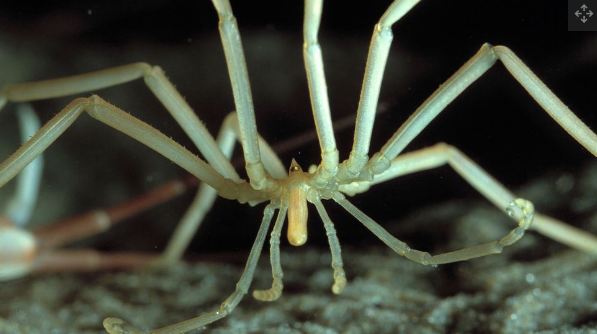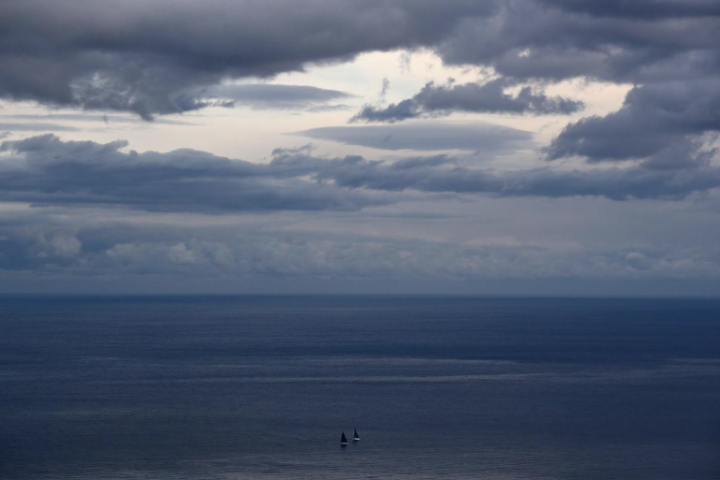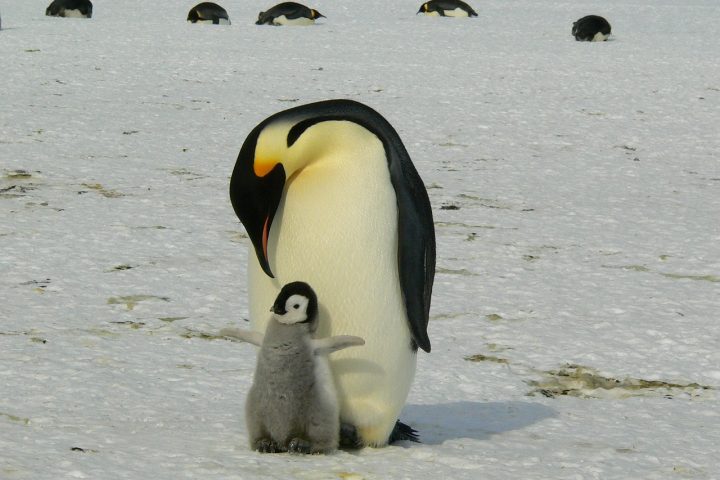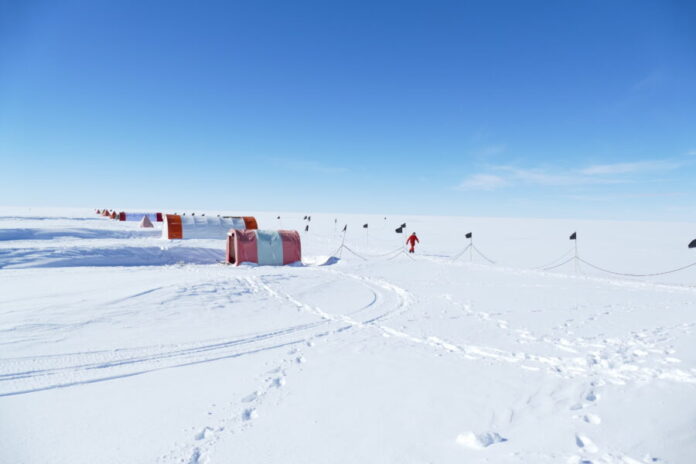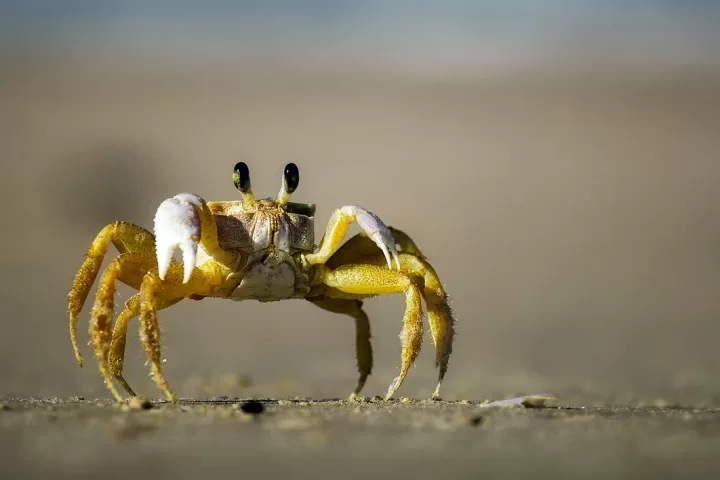Scientists have recently unveiled a solution to a 140-year-old enigma regarding the egg-care habits of giant Antarctic sea spiders. Unlike their counterparts, which typically transport their eggs until hatching, the giant Antarctic sea spider (Colossendeis megalonyx) attaches its thousands of tiny eggs to the rocky seafloor, according to a new study.
Sea spiders, marine arthropods inhabiting oceans globally, are characterized by their eight elongated, slender legs, resembling but unrelated to terrestrial daddy longlegs spiders (family Pholcidae).
While many sea spiders measure up to just an inch in length, those dwelling in polar regions, such as C. megalonyx, can boast leg spans of up to 20 inches (51 centimeters) — a phenomenon termed “polar gigantism” due to their substantial size relative to warmer-climate sea spiders.
Among marine arthropods, sea spiders stand out as males exclusively responsible for offspring care. “In most sea spiders, the male parent assumes the role of nurturing the offspring by carrying them during their development,” remarked Amy Moran, lead author of the study and a professor at the University of Hawai’i’s School of Life Sciences at Manoa. Although investigations into sea spider reproductive strategies span 140 years, Moran noted that the brooding behavior of three out of the 11 recognized sea spider families, including the family of C. megalonyx (Colossendeidae), had remained unobserved.
To elucidate the egg-care practices of these sea spiders, divers ventured into the frigid waters of McMurdo Sound in Antarctica, collecting C. megalonyx specimens in apparent mating pairs — recognizable by their stacked configuration. Subsequently, these pairs were transported to the research facility at McMurdo Station, where they were housed in tanks for behavioral observation, as detailed in the study published on Feb. 11 in the journal Ecology.
Two distinct mating pairs deposited thousands of eggs at the tank’s bottom. However, rather than transporting the eggs like their counterparts, one parent, likely the male, devoted two days to affixing the cloud-like brood to the tank floor.
After several weeks, the eggs became enveloped in algae, rendering them challenging to discern within the tank. In their natural habitat, the proliferation of algae may serve to camouflage these eggs against the seafloor.
“We were fortunate to witness this phenomenon,” remarked study co-author Ming Wei Aaron Toh, a doctoral student at the School of Life Sciences, University of Hawai’i at Mānoa. “Directly engaging with these remarkable creatures in Antarctica enabled us to unveil previously unknown insights.”

